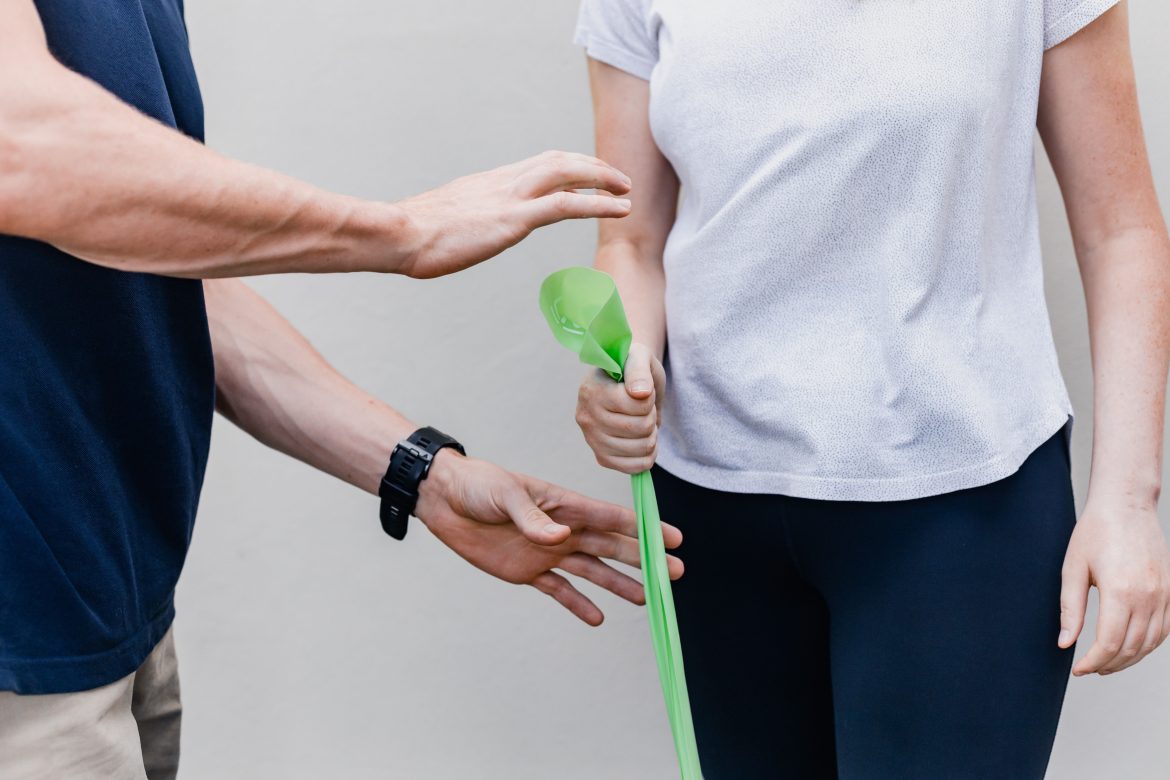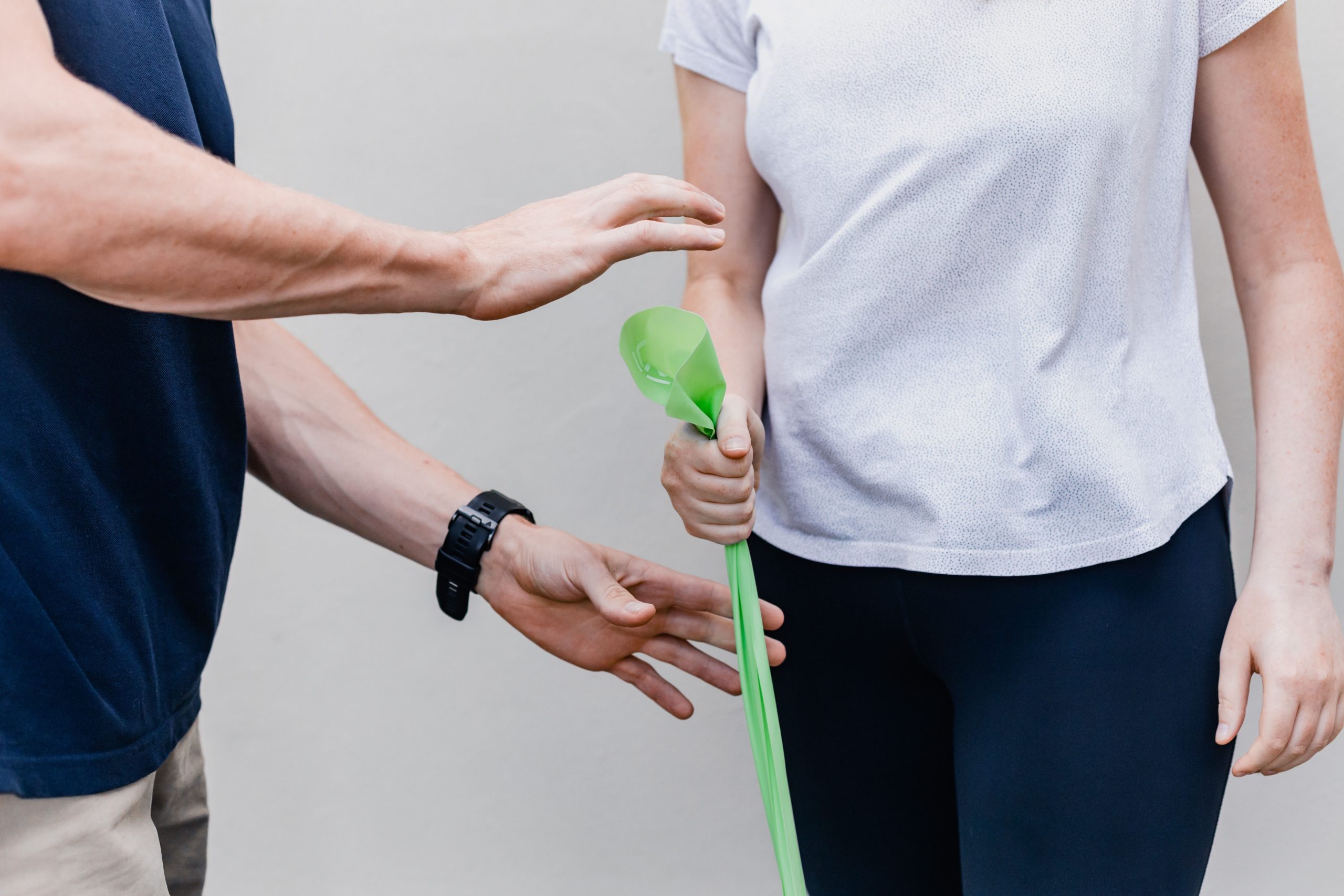Ankle sprains are a common injury that can happen to anyone, from athletes to the average person engaged in everyday activities. They occur when the ligaments that support the ankle stretch beyond their limits, often resulting in pain, swelling, and limited mobility.
While ankle sprains can be a source of discomfort and frustration, effective treatment and rehabilitation play a crucial role in minimizing long-term consequences and preventing future injuries.
In this article, we will explore practical steps for treating and rehabilitating ankle sprains, emphasizing a holistic approach to ensure a speedy and comprehensive recovery.
Immediate First Aid Measures
In the immediate aftermath of an ankle sprain, it is crucial to administer appropriate first aid measures to reduce pain and swelling. The R.I.C.E. method—Rest, Ice, Compression, and Elevation—should be applied promptly. Resting the affected ankle minimizes further damage, while applying ice helps alleviate swelling and numbs the pain. Compression through a bandage provides support and reduces swelling, and elevation helps drain excess fluid from the injured area.
Professional Assessment and Diagnosis
After administering initial first aid, seeking professional assessment and diagnosis is essential for an accurate understanding of the extent of the ankle sprain. Consulting with a healthcare provider, such as a physician or a sports medicine specialist, can help determine the severity of the injury through physical examination, X-rays, or other imaging studies. Based on the diagnosis, an appropriate treatment plan can be devised, taking into consideration factors such as the type of sprain, the degree of ligament damage, and any associated injuries. This step is crucial in tailoring the rehabilitation process to the specific needs of the individual, promoting a more targeted and effective recovery.
Gradual Rehabilitation Exercises
Once the initial pain and swelling have subsided, engaging in gradual rehabilitation exercises is vital for restoring strength, flexibility, and stability to the injured ankle. Physical therapists often prescribe a customized exercise program that may include range-of-motion exercises, strength training, and balance exercises. It’s important to get rehab advice you can trust that will help you gradually during the rehabilitation. Range-of-motion exercises help improve flexibility, while strength training focuses on rebuilding the muscles around the ankle for better support. Balance exercises play a key role in enhancing proprioception, and the body’s awareness of its position in space, which is crucial for preventing future sprains.
Preventative Measures and Long-Term Care
Beyond immediate treatment and rehabilitation, taking preventative measures and incorporating long-term care strategies are vital for reducing the risk of recurrent ankle sprains. This includes wearing supportive footwear, using ankle braces during physical activities, and incorporating ankle-strengthening exercises into regular fitness routines. Additionally, individuals with a history of ankle sprains may benefit from ongoing physical therapy or sports-specific training to address any lingering weaknesses or imbalances. Adopting a proactive approach to ankle health can contribute significantly to preventing future injuries and maintaining overall well-being.
In conclusion, the effective treatment and rehabilitation of ankle sprains involve a multifaceted approach that encompasses immediate first aid, professional assessment, gradual rehabilitation exercises, and long-term preventative measures. By addressing each aspect of the recovery process, individuals can not only alleviate immediate symptoms but also build a foundation for sustained ankle health. It is crucial to collaborate with healthcare professionals, follow prescribed rehabilitation plans, and adopt proactive measures to minimize the risk of future injuries.
Written by bessie@




